Soil heavy metal tester
1,520.00৳
⛟ Stock products delivery time 1-3 working days. 🔥
✈ Out-of-stock products delivery time 10-20 working days. 🚀
☎️ Contact Us for any inquiry
I. Overview
The current heavy metal determination method is slow, cumbersome and expensive. Based on this situation, we have developed a rapid heavy metal determination method that can quickly and jointly determine lead, arsenic, chromium, cadmium, mercury, etc. in samples such as vegetables, food, soil, organic fertilizer, tobacco leaves, etc.
II. Detection principle
(I) After the sample is digested, all forms of heavy metals (including arsenic, lead, cadmium, chromium, mercury, nickel, aluminum, fluorine, titanium, selenium, iron, zinc, manganese, copper, etc.) are converted into ionic forms. After adding relevant detection reagents, the color of the solution is proportional to the content of heavy metals within a certain concentration range, obeying the Lambert-Beer law. The content value is then determined by the instrument and compared with the national standard for agricultural product safety quality and pollution-free vegetable safety requirements to determine the heavy metal content of the vegetable sample.
(II) Detection principles and standards for various heavy metals
1. Detection principles and standards for heavy metal arsenic
The national standard (GB/T5009.11-2003) borohydride reduction colorimetric method is used, that is, after the sample is digested, potassium iodide-thiourea is added and heated to reduce pentavalent arsenic to trivalent arsenic. Under acidic conditions, potassium borohydride reduces trivalent arsenic to negative trivalent arsenic, forming arsenic hydrogen, which is introduced into the absorption liquid and turns yellow. The arsenic content is obtained by instrument detection.
2. Detection principles and standards for heavy metal lead
The national standard (GB/T5009.12-2003) disulfide hydrazone colorimetric method is used, that is, after the sample is digested, under weak alkaline conditions, lead ions and disulfide hydrazone form a red complex, which is dissolved in chloroform and then colorimetrically determined.
3. Detection principle and adoption standard of heavy metal chromium
After the sample is digested, in the presence of divalent manganese, chromium ions react with diphenylcarbazide to form a purple-red complex. The color depth of the complex is proportional to the hexavalent chromium content, and the chromium content can be obtained by colorimetric determination.
4. Detection principle and adoption standard of heavy metal cadmium
The national standard (GB/T5009.15-2003) colorimetric method is adopted, that is, after the sample is digested, under alkaline conditions, cadmium ions react with 6-bromobenzothiazole azonaphthol to form a red complex, which is dissolved in chloroform and then colorimetrically determined.
5. Detection principle and adoption standard of heavy metal mercury
The national standard (GB/T5009.17-2003) disulfide hydrazone colorimetric method is adopted, that is, after the sample is digested, under acidic conditions, mercury ions react with disulfide hydrazone to form an orange-red complex, which is dissolved in chloroform and then colorimetrically determined.
Test process
See instruction manual
Instrument technical indicators
1. Instrument transmittance accuracy ≥±0.5%
2. Instrument repeatability ≤±0.05%
3. Instrument stability No drift/30 minutes (after the instrument is preheated for 5 minutes)
4. Linear error ≤0.2% (0.002, copper sulfate detection)
5. Instrument power consumption ≤5W
6. Power supply AC220V/50Hz or DC12V
7. Result output The built-in thermal printer can automatically print out the test results, which is convenient and intuitive.
Instrument measurement items
1. Instrument measurement items
Determination of heavy metals (lead, arsenic, chromium, cadmium, mercury, nickel, aluminum, fluorine, titanium, selenium, iron, zinc, manganese, copper) in soil, fertilizer, food, vegetables and fruits.
2. Instrument extension test items
The instrument can be extended to determine the nutrient content of soil and fertilizer.
Instrument test features
1. Reliable performance, working stability is 5-6 times better than the national standard JJG79-90 standard, repeatability reaches the grating spectrophotometer index, using microprocessor technology, single-chip control, touch buttons, easy to operate.
2. The heavy metal test adopts joint digestion and sub-item test technology to simplify the test process, reduce the test time, greatly improve the test efficiency, and improve the test accuracy.
3. Strong scalability, not only can be used for heavy metal detection, but also can be expanded to determine the test of nutrients in soil, fertilizer, and plants, one machine for multiple uses.
4. The soil heavy metal detector integrates medicine, instrument, and instrument, which is equivalent to a small laboratory, two aluminum alloy boxes, easy to carry, convenient for on-site testing, and mobile service. It is suitable for grassroots testing departments to screen vegetables, fruits and other foods contaminated with heavy metals.
Shipping Information
Out Of Dhaka: 1–3 working days for most locations within Bangladesh and cost only ৳120 TAKA.
Know more details.
Return Policy
You may return items purchased from Meter BD Shop within 7 days of receiving the product.
To be eligible for a return, the product must meet the following conditions:
1. Unused, 2. In the original packaging & 3. Proof of purchase.

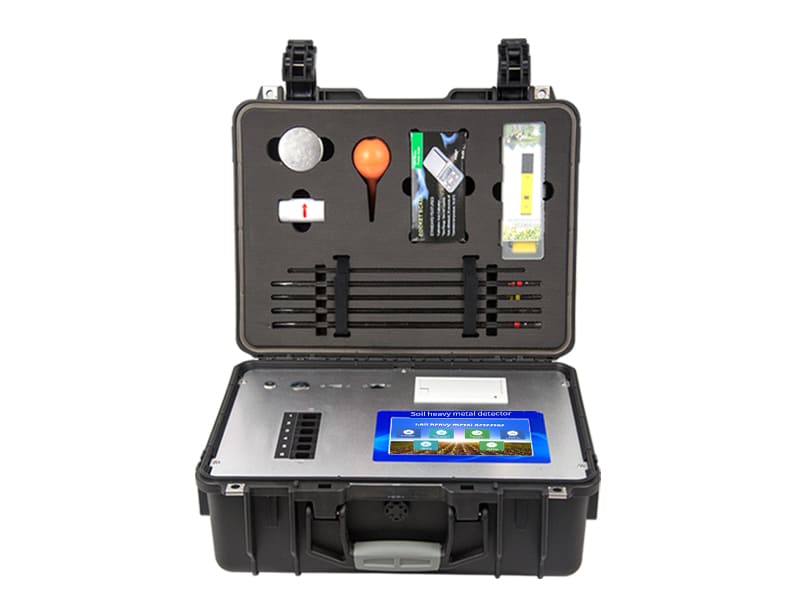
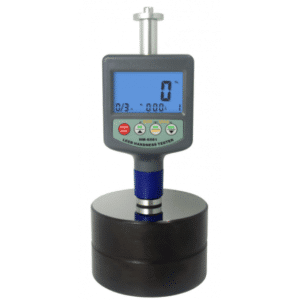


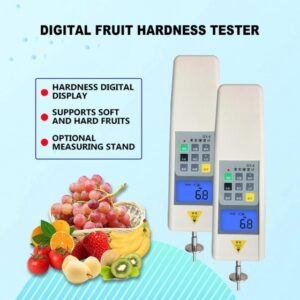


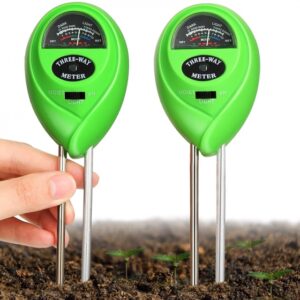
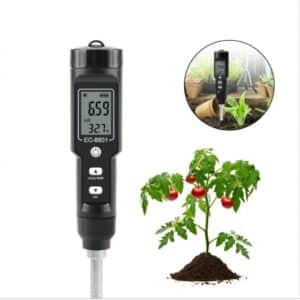
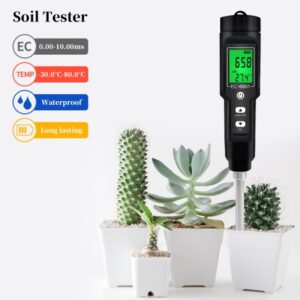


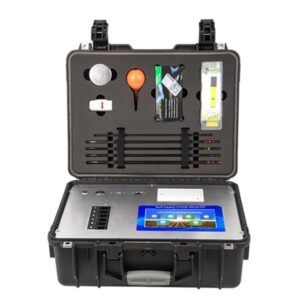
Reviews
There are no reviews yet.